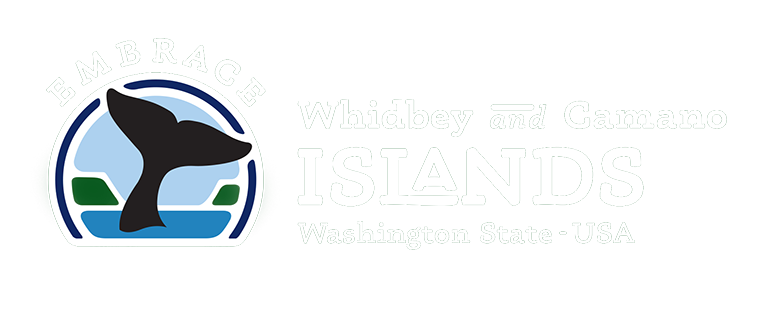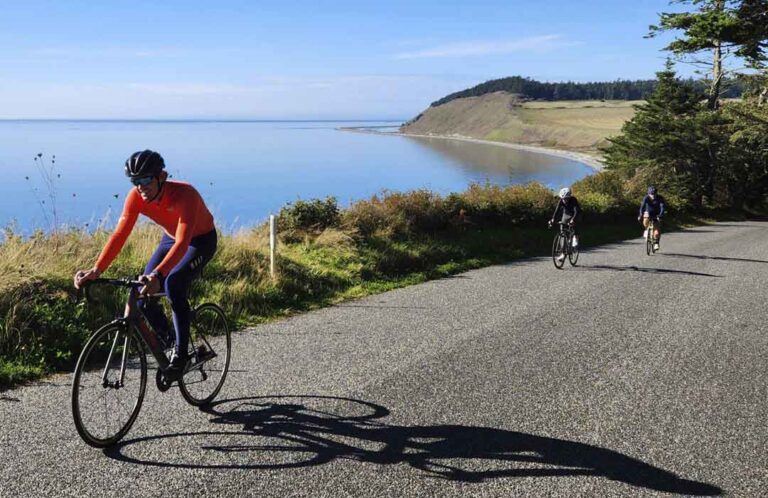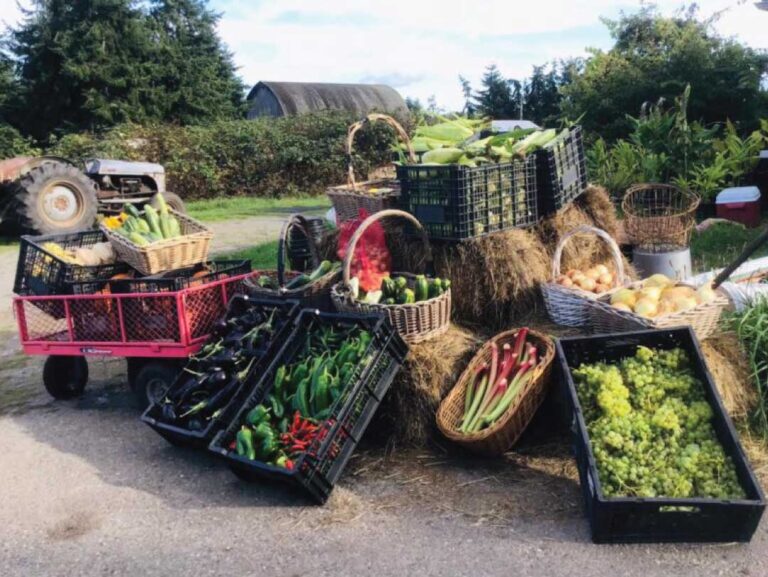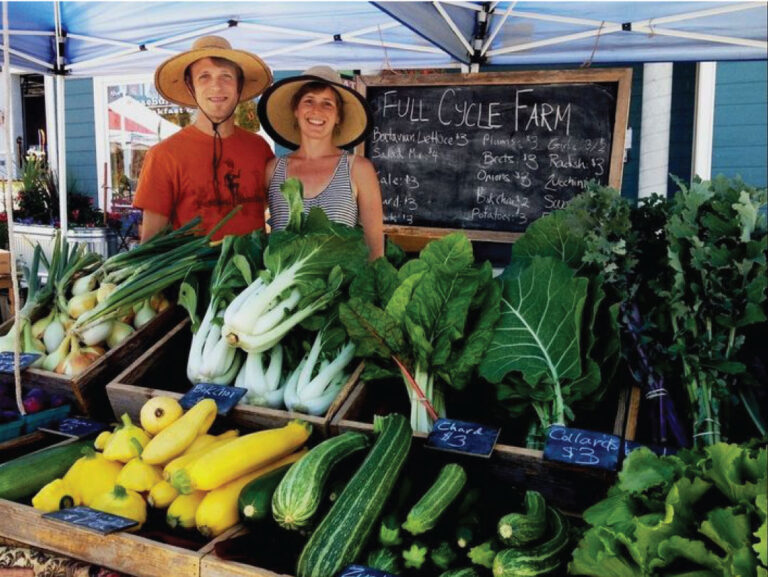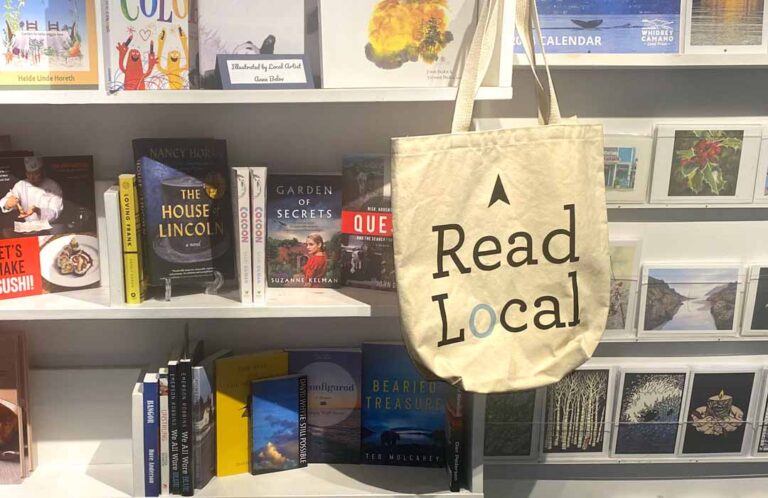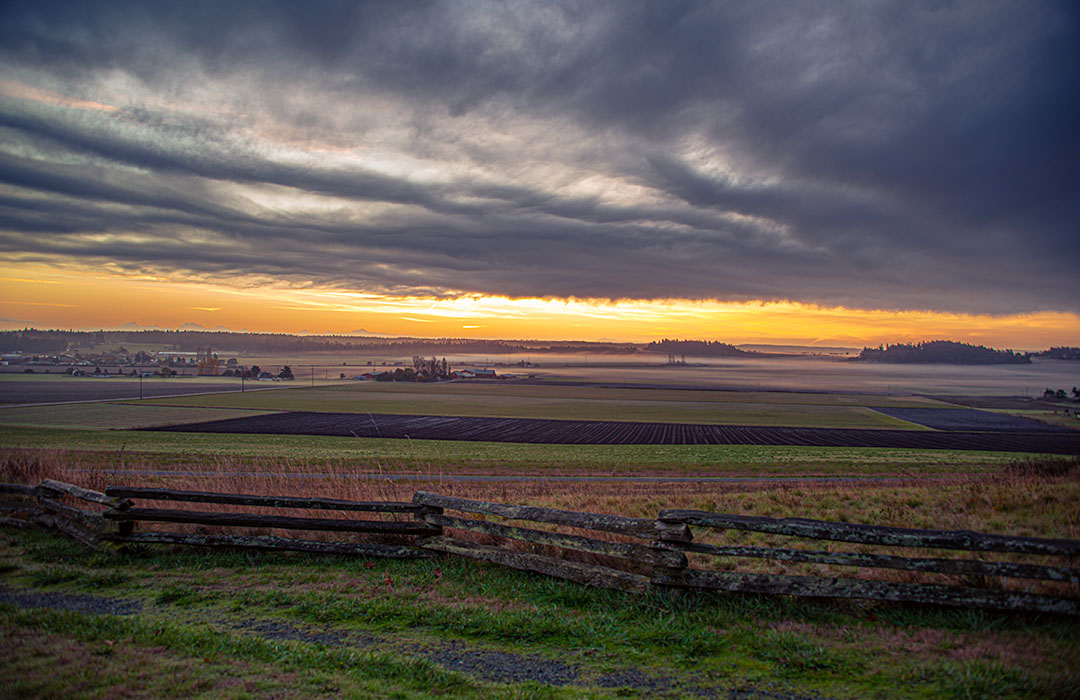
It’s remarkable to say it, but at more than 100 years old, the Camano City Schoolhouse, is still a community educational resource. On Whidbey Island, several community halls have hosted dances, holiday sales, weddings, and more for 90 to 100 years and longer. And the forests are filled with trees that have been here for 200, 300, and even 500 years.
Most, if not all, parks have a community group backing them doing fundraising, clean-up, and some maintenance.
Why preserve the past? Because it helps us tell the stories of who we are today.
Sure, change and growth happen on Whidbey and Camano Islands, but not at a pace like on the mainland.
And, all this preservation is no accident. It’s often an expensive race against developers over the future of a forest, beach, or farmland. For example, in February 2010 a developer defaulted on 600+ acres that was to be a major housing development. The bank holding the note was willing to deal with the Whidbey-Camano Land Trust to preserve the property, but there was a near-impossible deadline and a near-impossible price. The trust had only 120 days to raise more than $4 million. Donations came in, the deadline was extended another three months, and then stories about the effort to save the forest went national. On September 29, 2010, the deal closed. Trillium Woods was now a community resource.
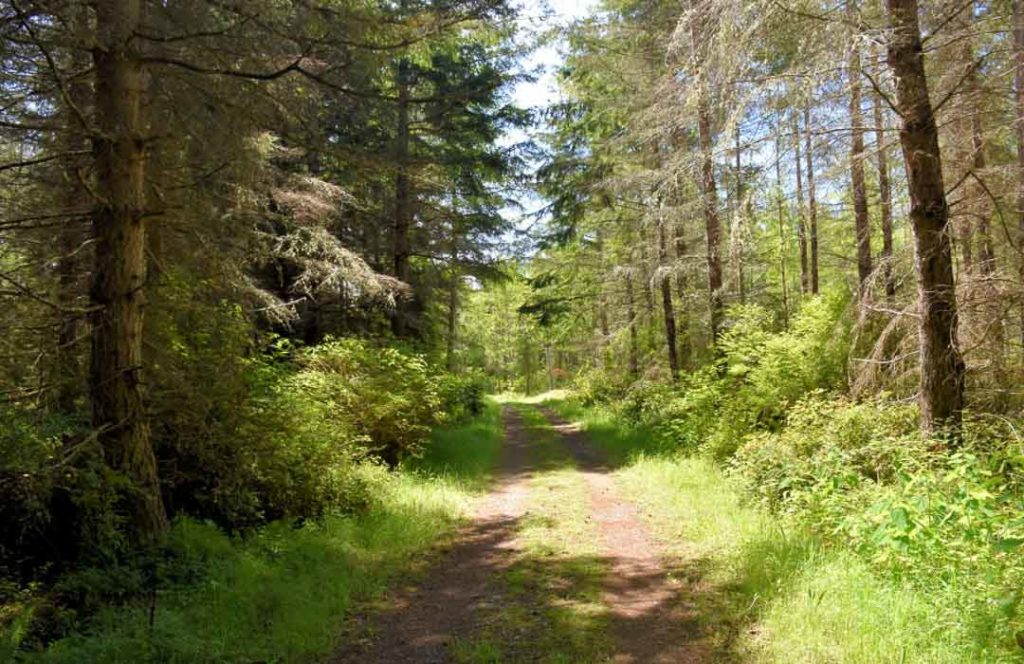
Why do this?
Ryan Elting, Executive Director for the Land Trust, says land conservation, “holds a promise for achieving the community resilience needed to handle the challenges and changes that we are confronting in the world.”
Preservation, whether land, structures, or heritage, gives this area its unique personality, its community spirit, and the “stuff” that makes the islands a special place; a place worth living, and a place worth visiting.
Those places become the spark for stories, a canvas for storytelling; if you will.
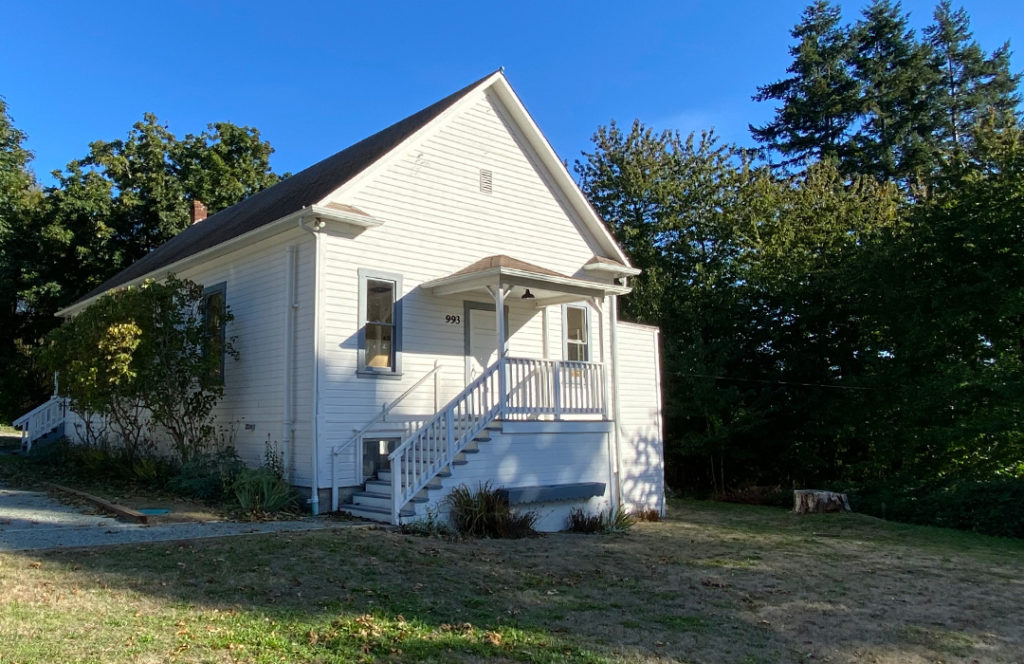
The Camano City Schoolhouse is such a canvas. From its construction in 1905-1906, the building had a rich history as a school and eventual community center. But, it did have its rough spots, and it took the formation in 2012 of a community foundation to first get it listed on the Washington Heritage Register of Historic Places and then to begin renovations. Today, the school’s calendar is filled with lectures, community events, and other gatherings.
Such stories are repeated up and down both islands. There’s a park built in a day here, an old-growth forest saved from logging there. Several parks have grown parcel by parcel as private property is purchased and slowly assembled into something the public can enjoy.
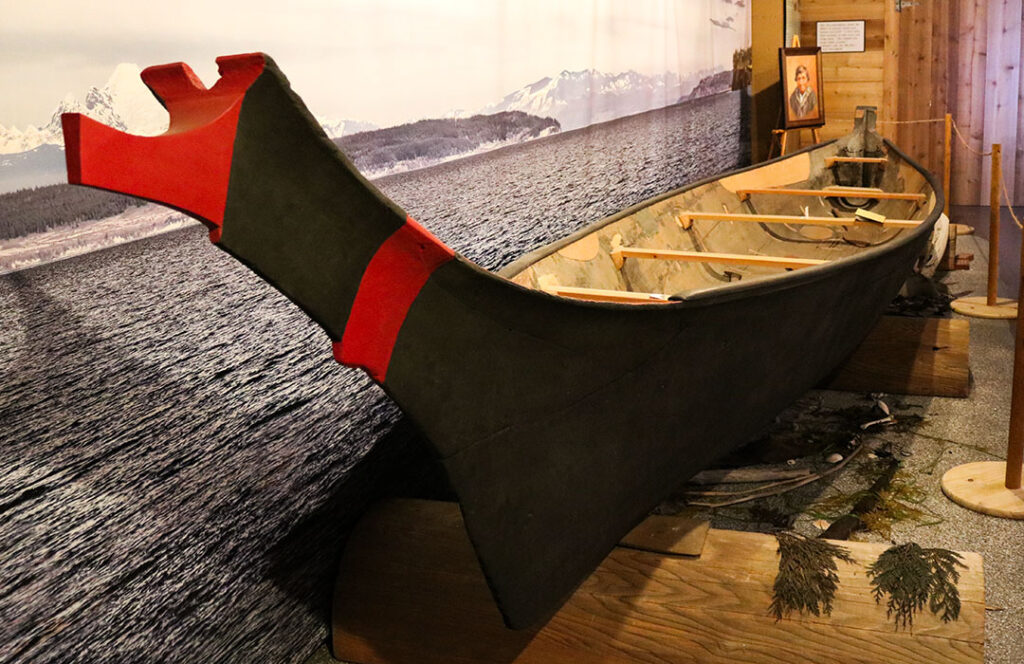
Ebey’s Landing National Historic Reserve takes this idea of preservation to a whole new level with a large chunk (nearly 20 square miles) of Central Whidbey under a consortium of governmental agencies that help preserve the rural nature of an area that would otherwise be prime property for real estate developers.
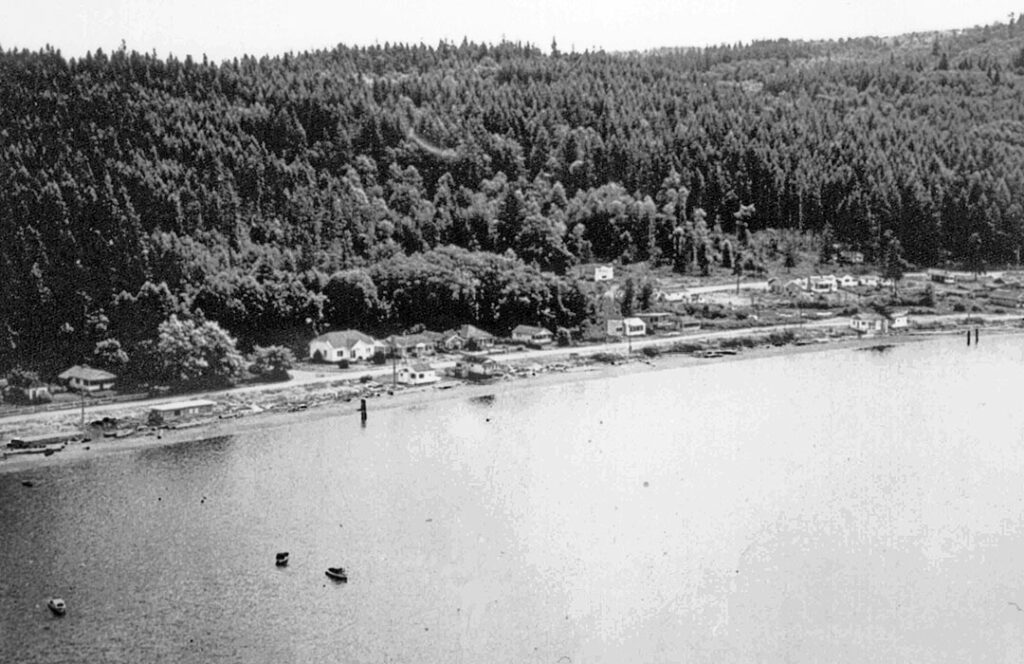
Elting explains it this way, “If we’re able to protect enough of the islands’ critical habitats and ecosystem services, and we develop in a smart way, we have real hope of being able to sustain a meaningful and satisfying existence out here.”
That means much more than simply acquiring the land. It means active stewardship and there are dozens of public-private groups and non-profits with members who give their time to clear brush, repair trails, or act as hosts and docents at various parks.
Sound Water Stewards is another large group of volunteers with work that ranges from Community Science to Education to Stewardship. One weekend you might find volunteers at Deception Pass or Cama Beach helping explain tide pools to visitors or assisting with special events and school field trips.
Their guide “Getting to the Water’s Edge” is invaluable to both residents and visitors helping steer people safely to the public beaches on Whidbey and Camano Islands.
Visitors to Whidbey and Camano Islands can get insider information about special activities involving these groups by signing up for newsletters a few months before visiting. The newsletters are packed with special insights and often have activities that most visitors don’t get to do.
